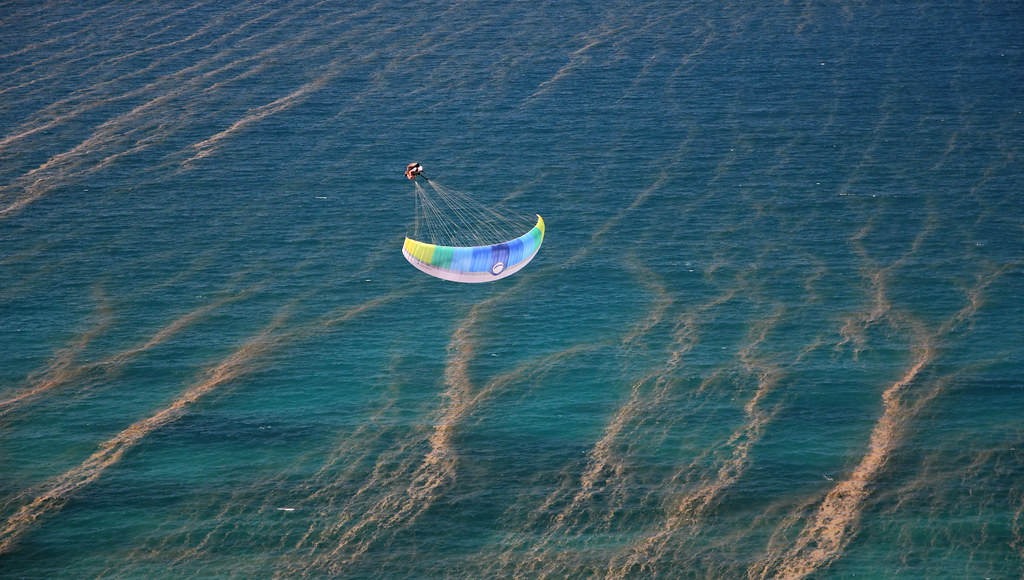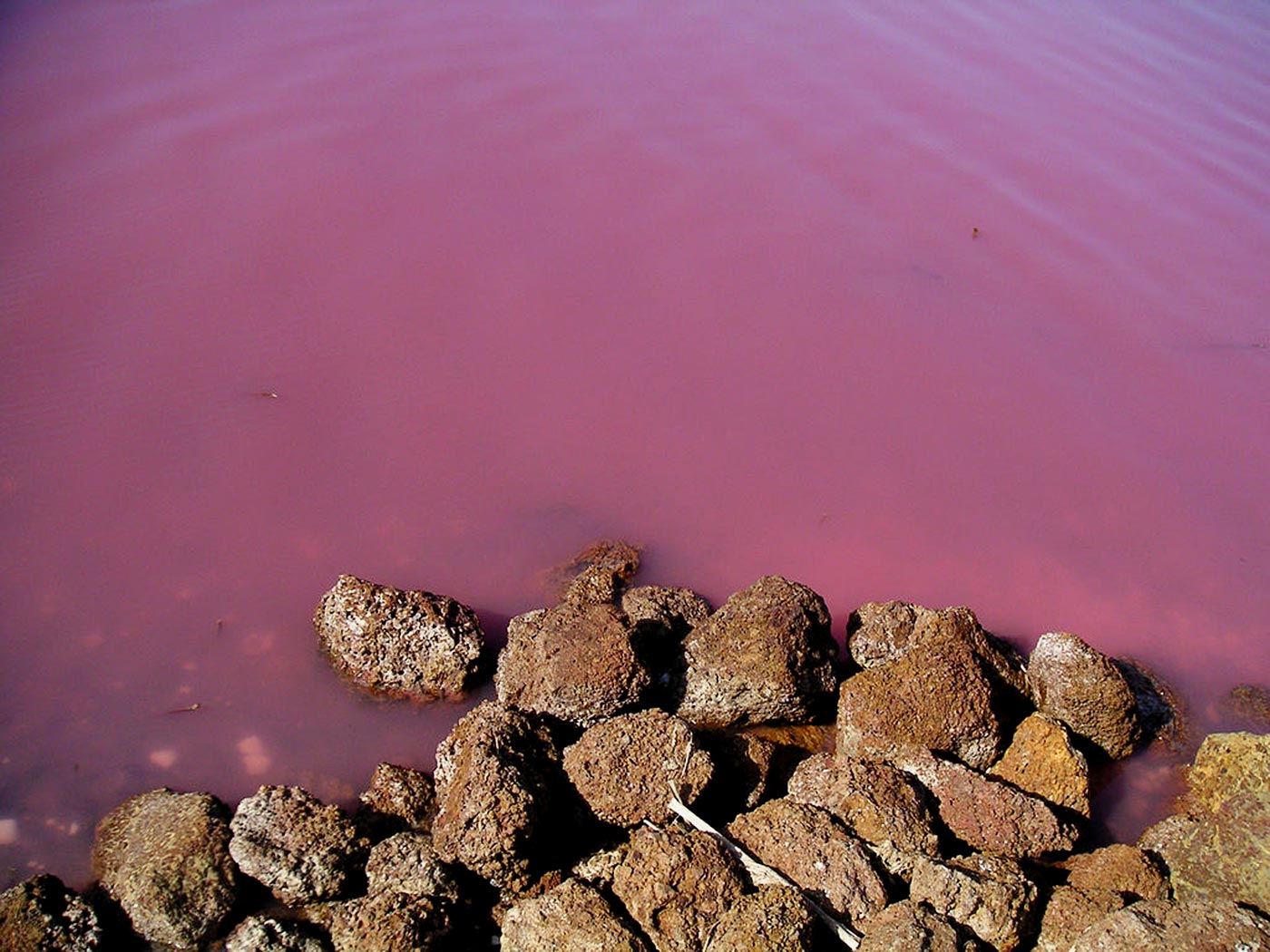Blue, green, or transparent, what is the real color of water? When you look at a glass of water, you see it is colorless; why is it then that when you stand by a lake, sea, or ocean, the water is blue?
Pure water has a slight blue color that is a result of its molecular structure and behavior; this blue color becomes increasingly visible as the thickness and volume of water increases. Bodies of water, such as oceans, rivers, seas, and lakes owe their blueness to selective absorption of light.
Sunlight is called “white light”, but it is actually made up of the colors of the rainbow, which have different wavelengths. When sunlight hits the seas, oceans, or lakes, the yellow, red and orange colors are absorbed by the water. Since blue has the shortest wavelength of all, it is bounced in the atmosphere more than the other colors; this is why we see the ocean blue.
Some constituents of seawater, in addition to impurities dissolved or suspended in it, may give it different colored appearances. Green algae in rivers and streams often lend a blue-green color to their waters, while some mountain lakes and streams that contain finely ground rock are turquoise. A special kind of algae, or bacteria, can make the ocean or sea look red.

Is the Red Sea really Red?
The name of the Sea does not indicate the color of the water, because it is not red in color. The Red Sea water is predominantly blue, yet sometimes it does look red. Some say that it may appear red in some places due to the reflection of the mineral-rich red mountains along its shore on the surface of the water, or the red in the beautiful coral reefs on the seabed.
In fact, the Red Sea sometimes turns red in color due to an extraordinary event in which the Sea is filled with the seasonal blooms of the red-colored cyanobacteria Trichodesmium Erythraeum, which, upon dying, turn the blue-green water red.
Populations of algae fluctuate with the availability of nutrients, particularly phosphate, often resulting in a profusion of algae bloom. Algal groups are generally classified on the basis of the pigments that color their cells; most algal groups are blue-green, green, red, and brown. The growth of a particular algal species can be both sudden and massive; algal cells can increase to very high densities in the water, often thousands of cells per milliliter, coloring the water red, green or brown.
These blooms consume oxygen, increase turbidity, and clog lakes and streams; some algal species release water-soluble compounds that may be toxic to fish and shellfish. However, Trichodesmium algae are not necessarily toxic in their effects; they are nitrogen-fixing bacteria, and are being extensively studied for their nutrient cycling in the ocean.

Source.
A Giant Strawberry Milkshake!
Senegal is home to an extraordinary lake “Lake Retba” or “Lac Rose”, which seems to be pink! During the dry summer months, when the saline levels are high, the Lake turns strawberry pink. Surprisingly, this color is not the result of chemicals being dumped in the Lake; it is actually nature playing magic tricks.
Due to high salt content, the Lake’s water has the perfect living conditions for a certain salt-loving micro-algae Dunaliella salina. These micro-algae are known for their ability to create large amounts of Beta-Carotene, which absorbs sunlight that reflects off the salt, and gives the algae a pink hue, turning the water pink. The Lake's water actually changes from mauve to deep pink, depending on the time of day and amount of sunlight.
The Lake my appear unsafe or useless; in fact, the Dunaliella salina algae are rich in antioxidants, and are often harvested to be used in cosmetics and dietary supplements. It is also safe to swim, which is good news for the workers mining salt. Swimmers in this Lake can float easily due to its high salinity, just like the Dead Sea.

Source.
*Published in PSC Newsletter, 2nd School Semester 2012/2013 issue.
References
webexhibits.org
hotword.dictionary.com
britannica.com
oceans.taraexpeditions.org
dailymail.co.uk
ehow.com
earthweek.com
incrediblethings.com
blog.lib.umn.edu
lifeslittlemysteries.com
whyzz.com
hiltonpond.org
sciencefocus.com